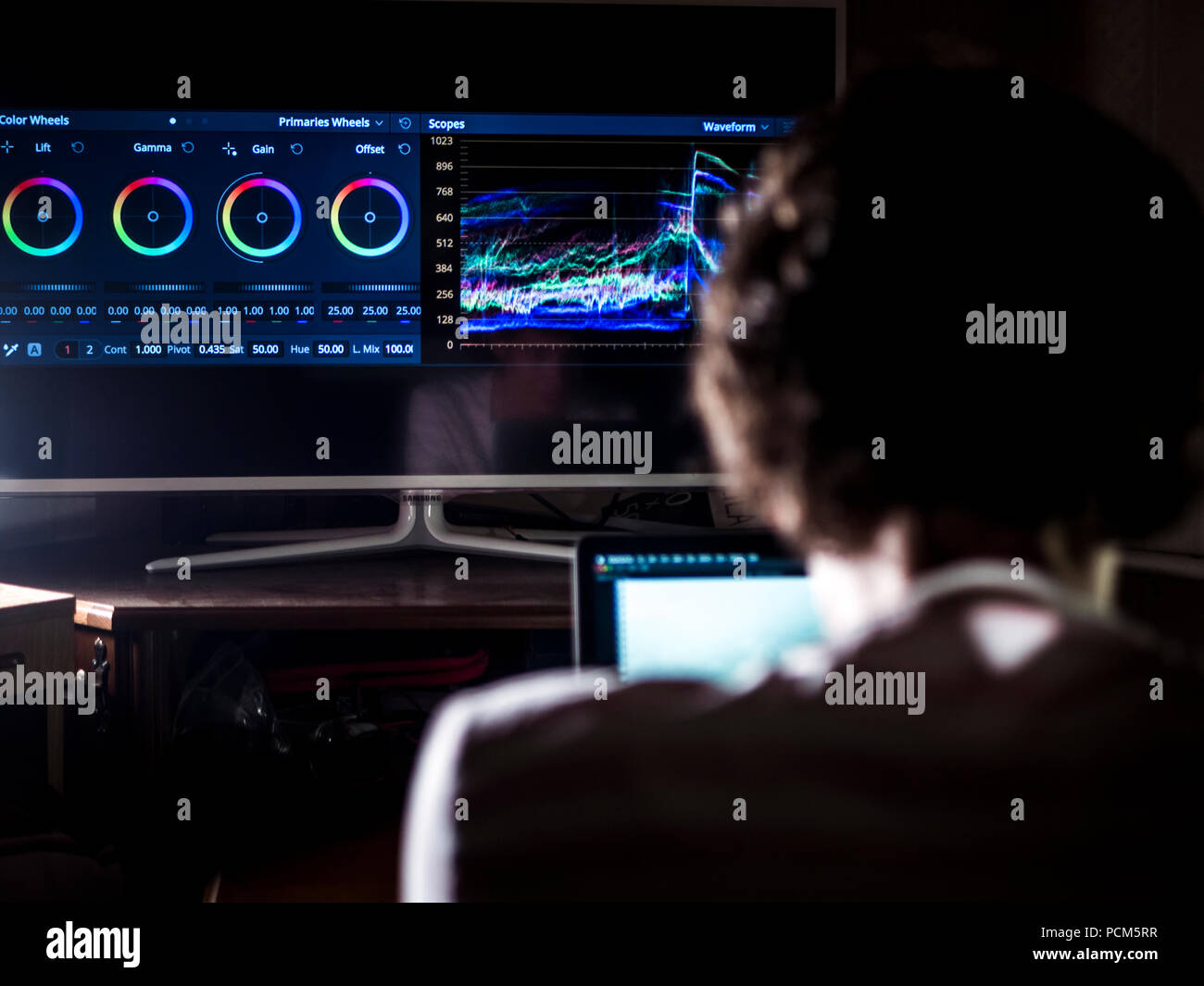
Color QualifiersĬolor qualifiers give you the chance to change a particular color, or range of colors, without changing the rest of the picture. You can set numerical values, or use the control drag point to set your value based on hue. The three-way color corrector lets you balance the shadows, midtones, and highlights of an image using color wheels.
Color finale for video professional#
Three-way color correctors are a useful tool for many colorists in professional entertainment, but they have their pros and cons. Often, you could just copy and paste the effects from your previous clip onto an adjustment layer, or through the use of bins, but if your footage has lighting and exposure discrepancies, it may not work very well. The best way to use color match is after you’ve color corrected some footage and now need to apply those same corrections to a target clip. If you do, it will completely throw off the value of your colors and ultimately make your life a lot harder than it needs to be. This is fine for your color grade, but don’t do this to color correct. Some people even like to use popular film clips as their reference image, and their own personal footage as the target image. This is an automatic calculation, so it is important to check your scopes and use your judgement as to the quality of the color match. Color MatchĬolor match allows you to choose a reference image that will then be analyzed and applied to your target image. You can always zoom in and add another drag point to make a small adjustment. This generates gradual changes rather than big extreme changes.

And that’s a good thing, because it means the change isn’t isolated, but interconnected. When you make a curves adjustment, you control the entire color channel shift with any movement of the drag points. With curves, you can add points to drag colors to new values, and change shadows, midtones, and highlights with much more precision. CurvesĬurves are helpful for precise color correction and color grading, and you will want to pair these with your scopes. Scopes are a monitoring tool that show color and light information on a graph so that you can see the precise balance of these characteristics and how they compare to one another. As you can see, scopes are a simple but powerful tool that allow you to properly color correct your footage.


 0 kommentar(er)
0 kommentar(er)
